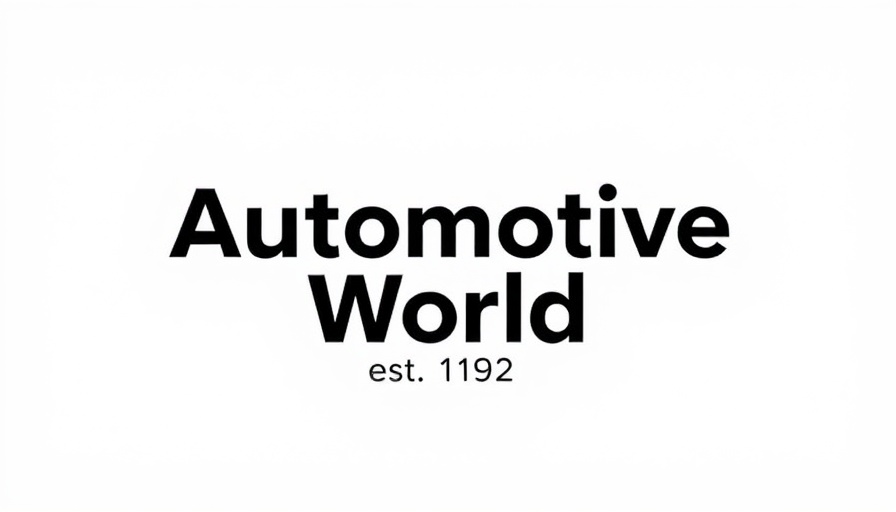
The Game Changer: Innovating Vehicle Displays
In a remarkable stride forward for automotive technology, Harman has launched the world's first display powered by Samsung's Neo QLED technology, integrated into Tata Motors’ Harrier.ev. This innovation aims to fulfill consumer demand for high-quality visual experiences comparable to those enjoyed at home and on personal devices. The collaboration reflects a deeper commitment to bridging the gap between consumer electronics and automotive applications, setting a new standard for in-vehicle displays.
Elevating the Driving Experience with Stunning Visuals
What makes the 14.53-inch floating Neo QLED display notably exceptional are its features:
- First-ever cadmium-free Quantum Dot technology enhances sustainability and energy efficiency.
- Brilliant peak brightness of 1200 nits paired with deep blacks and a 95% NTSC color gamut ensures vibrant, lifelike images.
- Real-time visual control algorithms are engineered to optimize power consumption, which is crucial for electric vehicles.
- An ultra-slim design with minimal bezels elevates the overall aesthetic and functionality of the vehicle's cabin.
The incorporation of this advanced display technology marks a pivotal moment in the partnership between Harman and Tata Motors, which previously concentrated on automotive audio systems. The Harrier.ev now exemplifies the convergence of cutting-edge consumer tech with stringent automotive standards, heralding an era of superior in-cabin entertainment and user experience.
Transforming Vehicles: A Wider Trend in Automotive Technology
This leap in display technology aligns with the broader automotive industry's ambition to offer experiential criteria that consumers expect—not just traditional safety measures and fuel efficiency, but also high-quality entertainment and connectivity. This evolving expectation resonates particularly well in the luxury and electric vehicle market, where innovative features can significantly enhance appeal and marketability.
Implications for Dealerships and Sales Training
The introduction of such groundbreaking technology necessitates a recalibration of sales strategies. Dealerships must invest in training programs focused on
auto sales trainingthat help salespeople articulate the benefits of advanced technology in vehicles. Moving forward, training modules should emphasize the importance of demonstrating features like Neo QLED displays to maximize customer engagement and satisfaction.
A well-rounded approach to
car sales trainingwill enable sales staff to convey not just the specifications but also the lifestyle enhancements that technology like the Harrier.ev offers.
A Look Ahead: Future Innovations on the Horizon
The unveiling of this display is only the beginning. As both Harman and Tata Motors advance their collaboration, buyers can anticipate even more integrated technologies that enhance connectivity, user experience, and overall driving satisfaction. Future displays could potentially expand into augmented reality (AR) features, head-up displays (HUDs), and more to provide a holistic in-vehicle experience.
Conclusion: Bridging Consumer Expectations with Technology
The debut of Harman's Neo QLED display in the Harrier.ev signifies a noteworthy evolution in what consumers expect from vehicular technology. As the automotive industry continues to innovate, dealerships must adapt their training and sales strategies to stay ahead in this competitive landscape. By understanding and promoting these advances, sales teams can better connect with today's tech-savvy consumers. Stay tuned for more updates and trends in automotive technology that will shape the future of driving.
 Add Row
Add Row  Add
Add 




Write A Comment